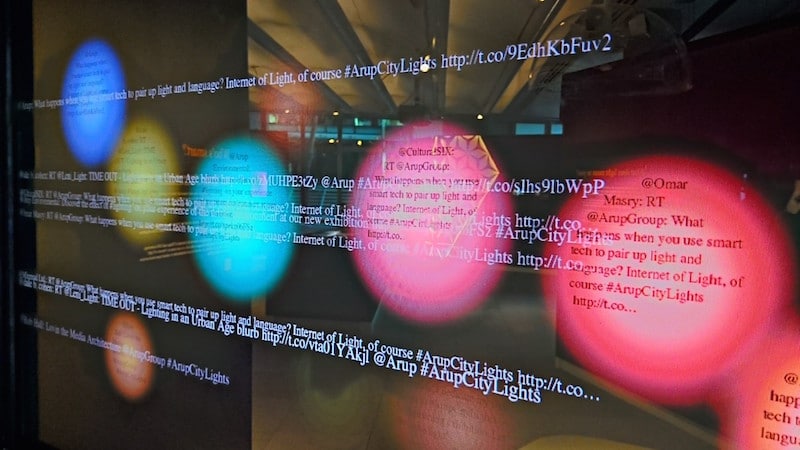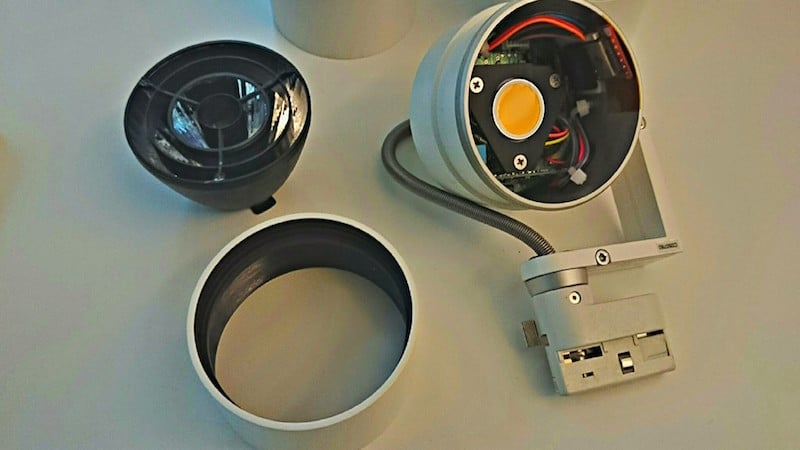A recent visit to Arup’s exhibition “Lighting in the Urban Age” reveals an interesting collaboration between Arup, Echelon and Xicato; which uses PLC to control lighting and not wireless, a route others like Enlighted & Harvard Engineering have already committed to.

Lighting is truly at an inflection point; with Smart Lighting lying at the convergence between the Internet of Things and LED technology.
Our extensive research on the subject shows that it is the impact of LED technology that is providing vast opportunities to improve lighting products and their efficiency.
This has coincided with the mandated demand to reduce CO2 emissions in buildings, creating a unique and challenging opportunity.

Although the manufacture and design of lighting controls is for the most part a separate business, the introduction of LED Lighting opens up new possibilities for enhanced control and also extends it further across what we are calling The Building Internet of Things.
Since Light is everywhere in a building, it can be used as an infrastructure to unlock hyper-local services.
The proof of concept developed by Echelon and Xicato uses power-line communication (PLC) over a low-voltage (DC) power grid. PLC essentially carries data on a conductor that is also used simultaneously for DC electric power transmission. It operates by adding a modulated carrier signal to the wiring system.

Each one of the lighting tracks is powered from a single 48-V DC power supply, which in turn is powered by a traditional AC mains power line. The choice of 48V for the power system is similar to the voltage level already used in power-over-Ethernet applications and is for instance used for networked phone systems. It therefore negates the need to have any extra wireless communications to control the lights and of course you don’t even need to pull any extra wires.
As what seems like a precursor to this, earlier in the year Echelon announced a partnership with LED lighting company Xicato. Together they have been working on developing a central controller system to deliver low-voltage DC power to LED lights, along with PLC controls.
Such a configuration could become the backbone of a building management system or home automation network; and we have written about this concept extensively - http://memoori.com/portfolio/internet-things-smart-buildings-2014-2020/
Further activity regarding PLC occurred earlier this month when LED Lighting solutions company Lumenpulse Acquired Ariane Controls for an undisclosed amount. Ariane is comprised of a team of five experts in PLC and controls with whom Lumenpulse had already built a solid working relationship.
To keep up to date with all our Lighting Controls and Smart Building articles, please subscribe to our weekly newsletter - http://memoori.com



